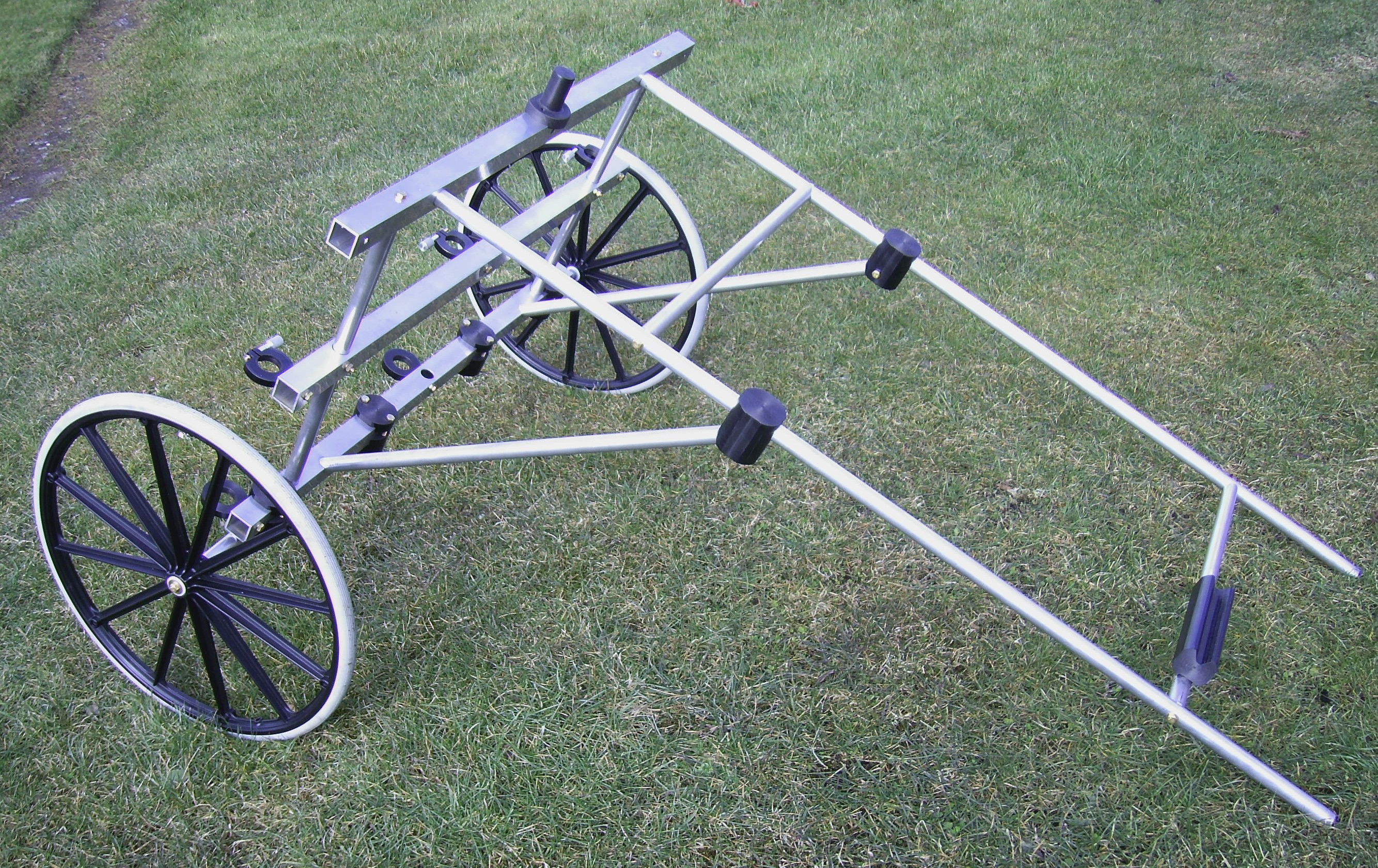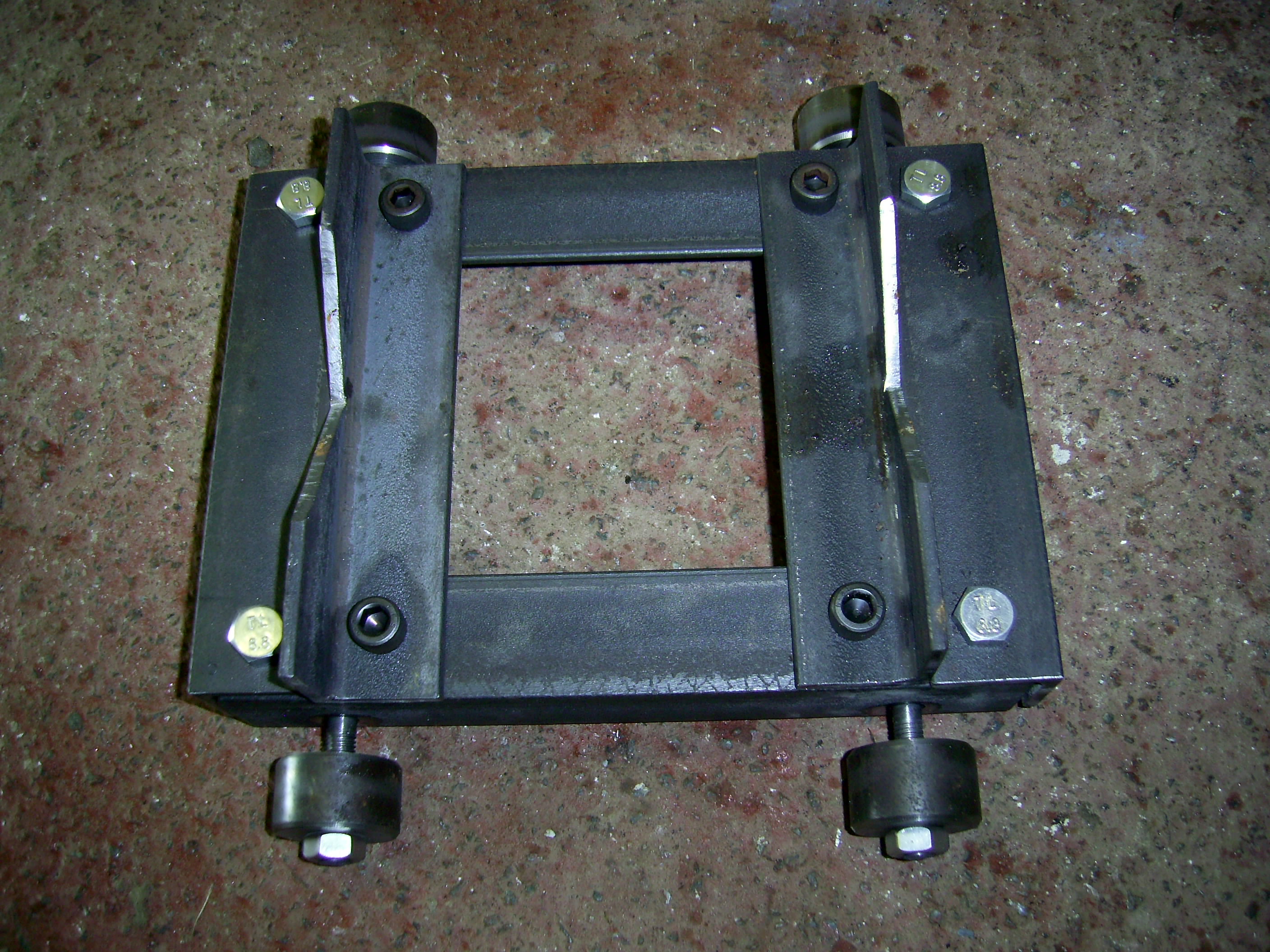A dual-probe logger for field magnetic logging. Shown below is the portable logger and a 3D display of the results after transfer to a PC,
showing a notable anomaly from a small survey:
This unit will take readings either at timed intervals or by manual selection and the data is recorded as a 3D matrix along with GPS co-ordinates
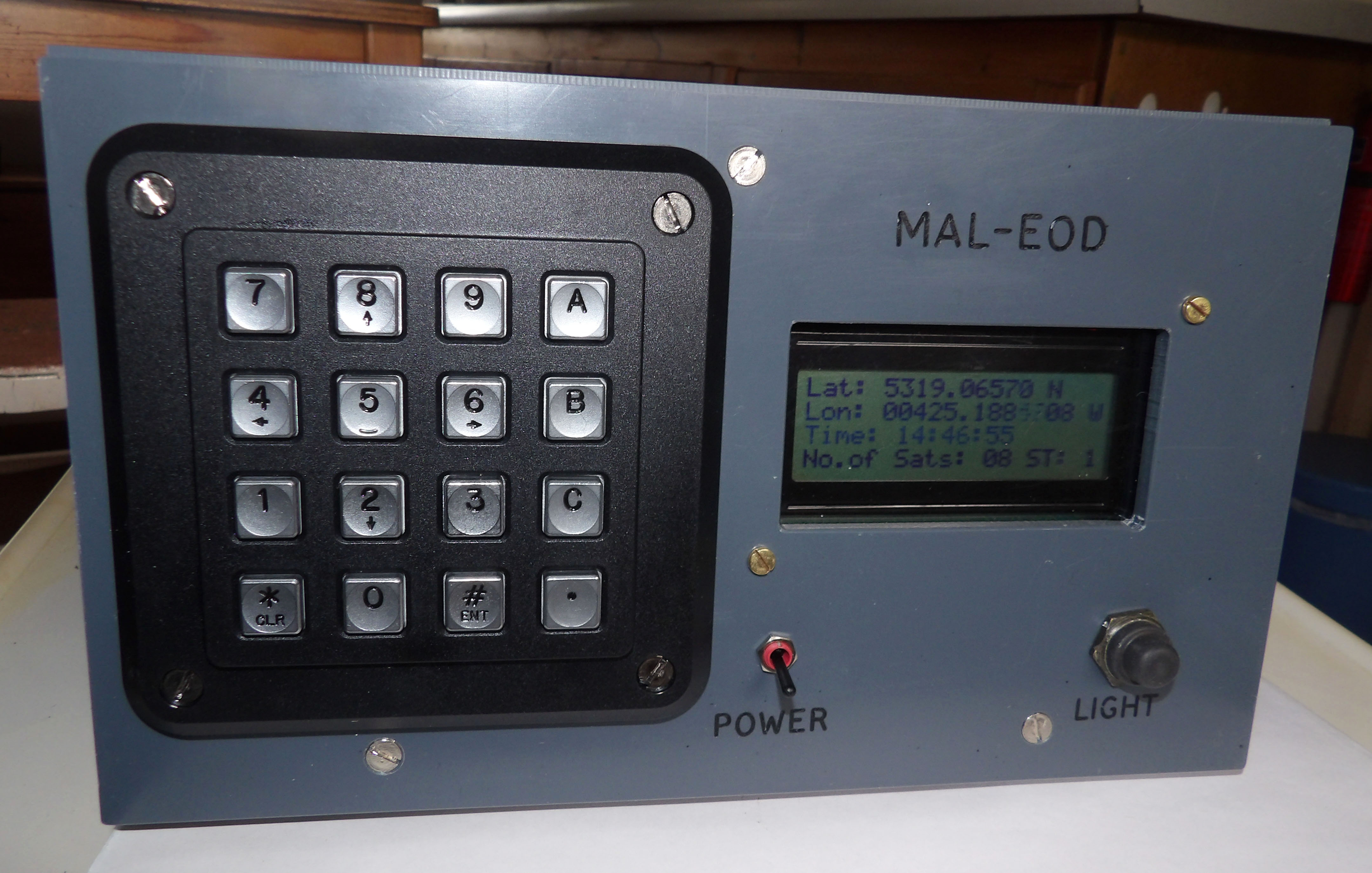
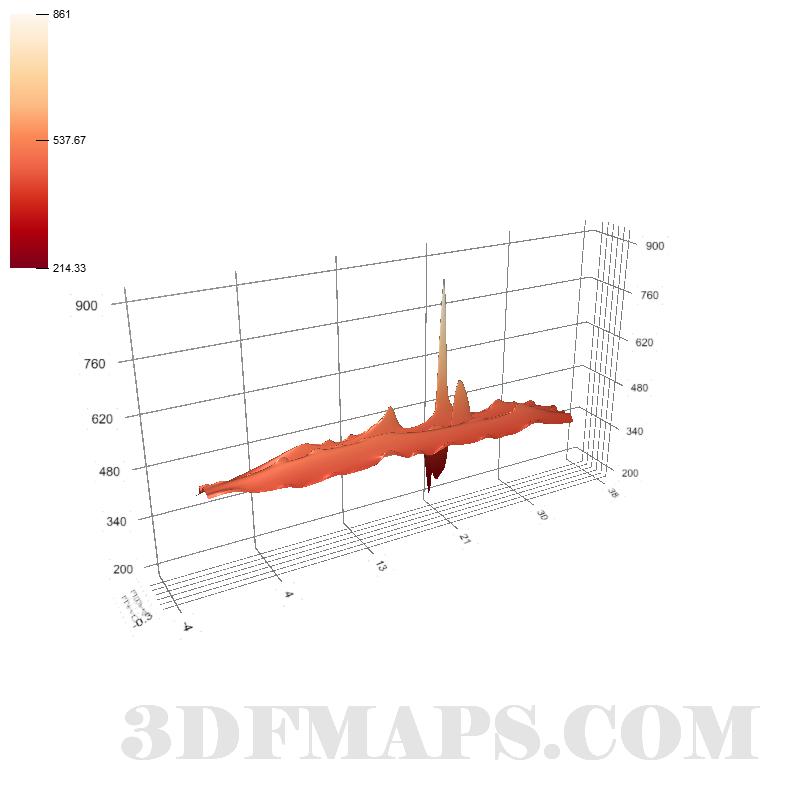
Here is a logger for use either with an airborne drone, or floating on water. The probe is housed in a carbon fibre tube to minimise weight. The unit logs the data against GPS co-ordinates and retains it for later downloading. The data may then be examined either in two or three dimensional format, using the tools developed for the logger above.
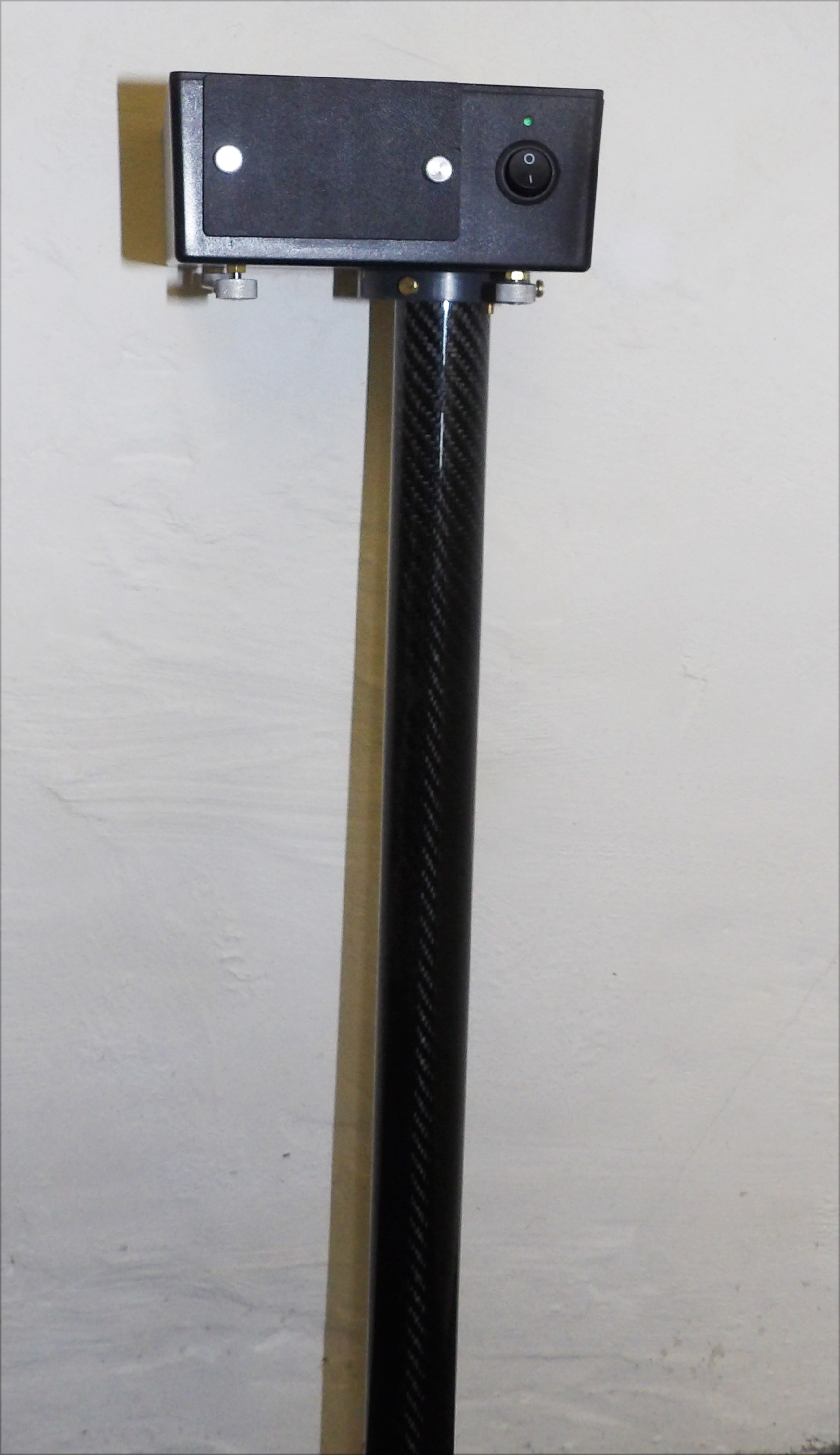

The graph shows magnetic anomaly in the vertical dimension, with GPS co-ordinates across the base. This can be rotated on the PC display.
Below is a link to a video of a test of a magnesium/Barium peroxide initiator. Note that this has been slowed to 1/8 real time! (Too much peroxide...)
Flash...

